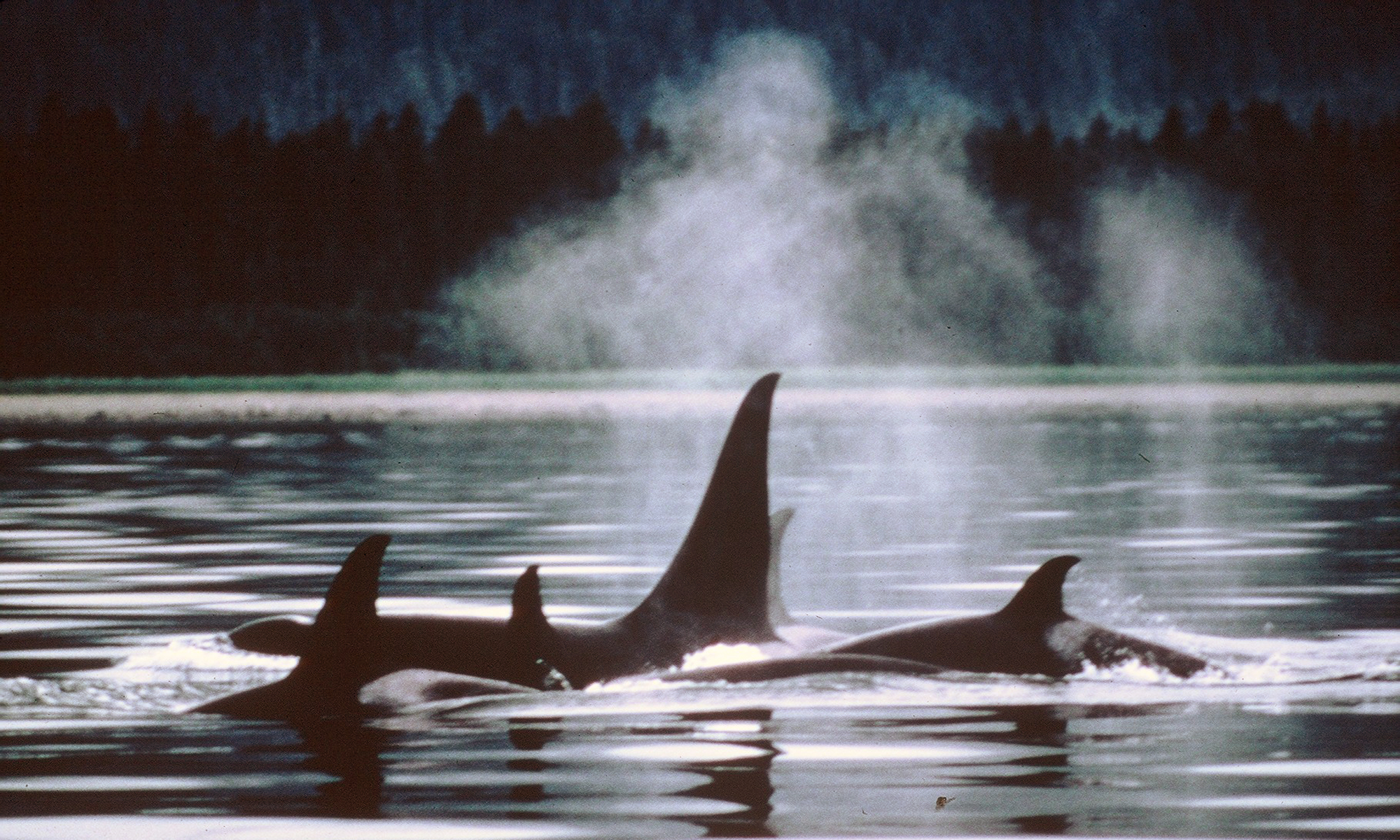Since 1981, TMRE has conducted a wide variety of research projects and expeditions along the west coast of North America. Orca research conducted for Hubbs/Sea World Research Institute covered 7,000 miles of waters in Southeast Alaska, allowing scientists to photograph, identify, and follow populations of killer whales, (Orca).
Botanical, geological, entomological, and marine intertidal survey expeditions have been conducted at all eight of the southern California Channel Islands, the Pacific Islands of Mexico, and the Sea of Cortez. Participating institutions have included the Santa Barbara Botanic Garden, California Academy of Sciences, the Oceanic Society, and various universities and colleges.
In 1984 two months were devoted to accurately retracing the now infamous 1941 Sea of Cortez voyage of Ed Ricketts and John Steinbeck resulting in the photographic and scientific documentation of each of Ricketts-Steinbeck marine collecting sites. As a result, participating scientists contributed generously to many institutions.
Under contract to NOAA/NMFS, TMRE radio tagged and tracked migrating gray whales from Monterey south through the Channel Islands National Marine Sanctuary. Scientists followed and monitored 18 whales 24 hours a day, producing valuable insights into the migration of gray whales.
In response to the waste-management/by-catch issues in the Alaska/Bering Sea trawl fisheries, in 1992, TMRE opened a Northwest chapter in Bainbridge, Washington. As a result, over 20 million pounds of previously discarded fish have been channeled into the nations foodbanks. New catch methods and by-catch reduction strategies have also resulted from this program, now ran by nonprofit affiliate, SeaShare.
TMRE has given matching grants to schools in Los Angeles, Ventura and Santa Barbara counties to enhance school participation in Island Packers nationally acclaimed Floating Classroom program. In addition, an Ocean in Motion program was sponsored by TMRE to bring marine mammal education to classrooms.
In 1995 restoration of the historically significant Rancho del Norte was completed for the Nature Conservancy. TMRE continues to maintain this facility now part of Channel Islands National Park and used by visiting researchers.
In 1996 TMRE received a contribution of 160 acres of land in the Santa Ynez valley. Proceeds from the sale of this land continues to benefit projects on the Channel Islands.
Vaquero II, the historic 65′ wooden cattle vessel owned and operated by Vail & Vickers since 1958, was donated to TMRE for placement in a suitable situation. Proceeds from the sale of the Vaquero II were spent on projects benefiting Santa Rosa Island, including: restoration and maintenance of China Camp; funding of a Historical Building Survey of the Vail & Vickers Ranch; and funding of an archeological survey of the Arlington Springs man by the Santa Barbara Museum of Natural History.
TMRE has partnered with the Santa Cruz Island Foundation on a number of projects including: raising funds to build the Chrisman California Islands Center; using our remote underwater vehicle, (ROV), to search for Portola’s lost ship; building, and maintaining 5 museums on Santa Cruz Island.
TMRE, along with Dr. Frank Hestor, made the first proposal for an International Sister Park between Channel Islands National Park and Bahia de Loreto Parque Nacional. After 10 years of efforts and working with a Mexican NGO, the proposal became reality, along with additional international agreements with University of California Reserve System; Ventura/ Loreto Sister City Cultural Exchange, and Loreto and Buenaventura Sister Missions.
TMRE continues to support a variety of projects and research in Channel Islands National Park; provide educational films to schools; support marine educational programs up the central coast; assistance and education in remote areas extending into Baja California Sur, Mexico.
